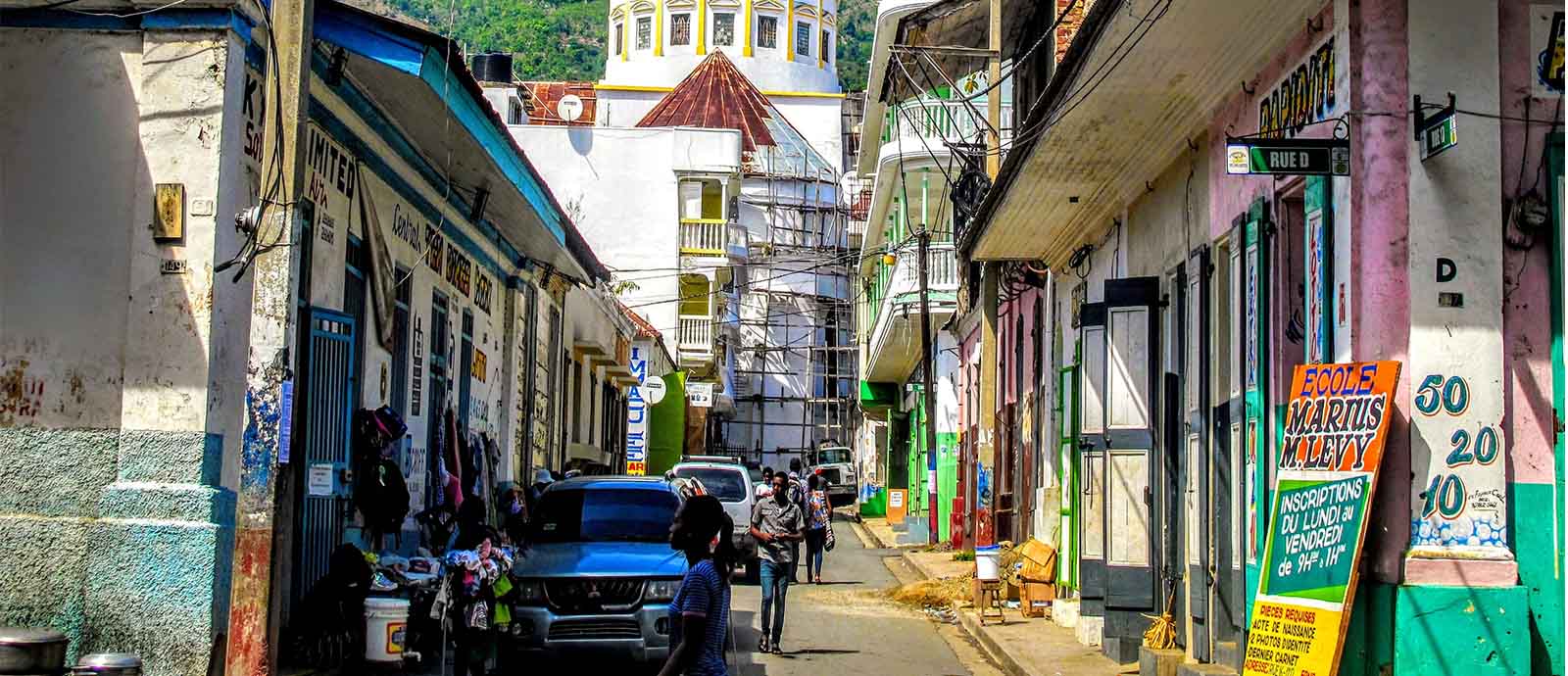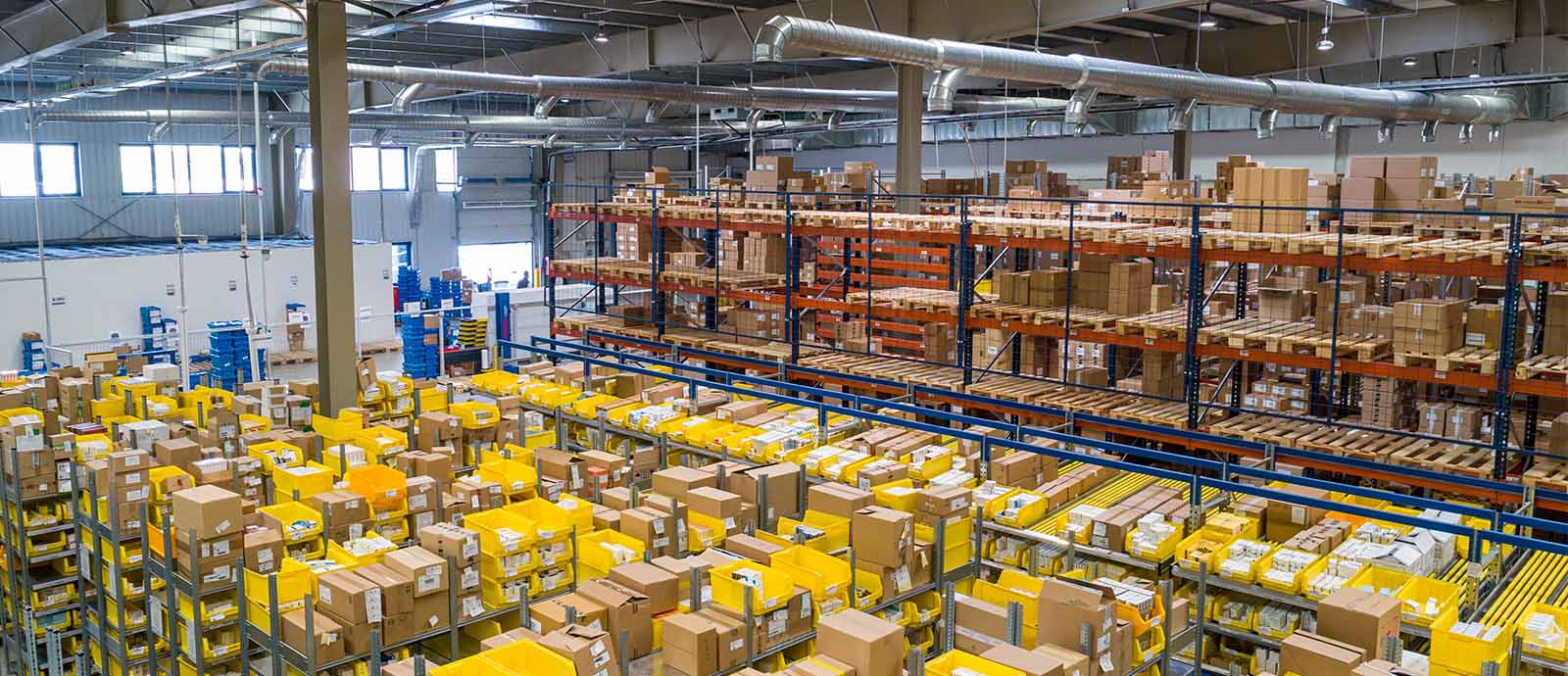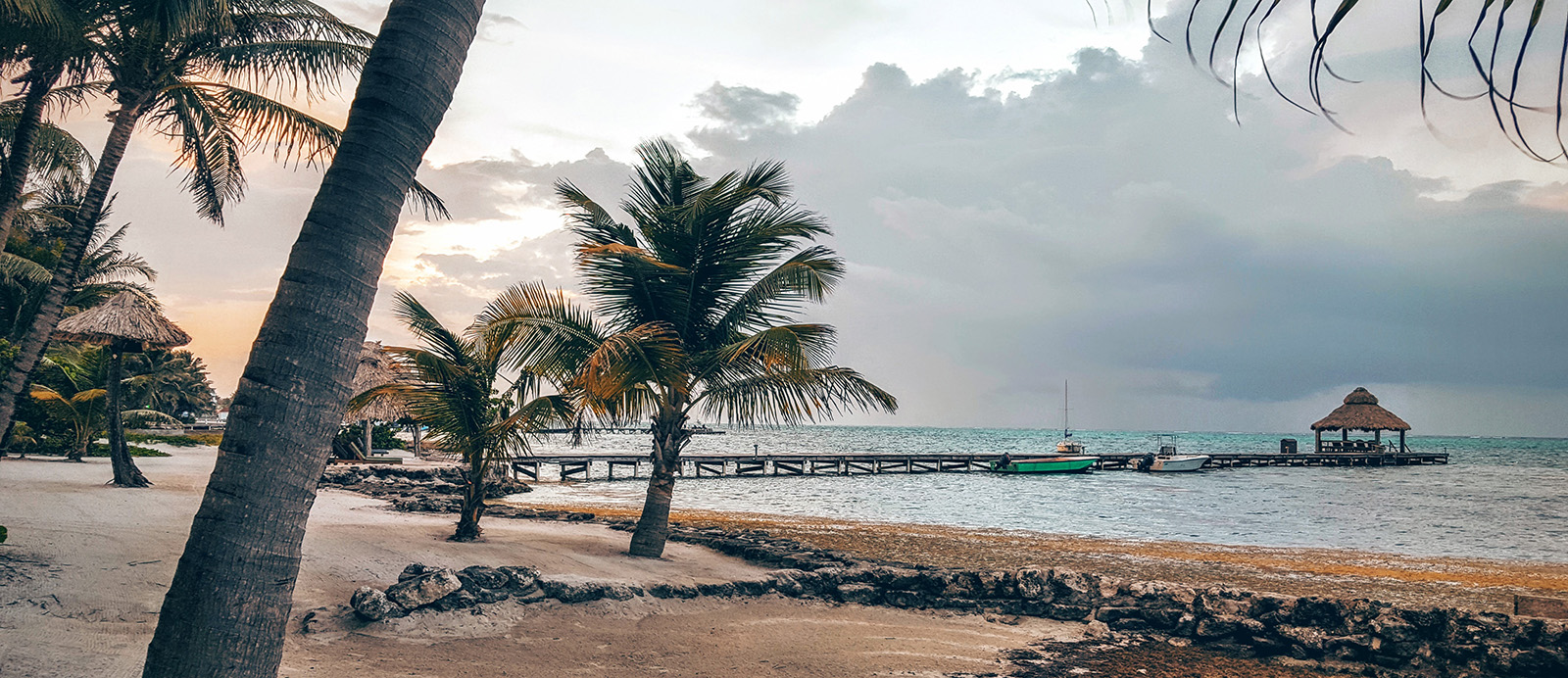Saint Lucia is a small developing island state prone to natural disasters that pose high-risk issues for its health, safety, and economic development. The Government of Saint Lucia established a strong national climate change framework aimed at adapting to and mitigating risks from climate change. Part of this framework includes improving and strengthening access to climate finance from institutions such as the Green Climate Fund (GCF).
The Caribbean Climate Change Centre (CCCCC) contracted Momentus (formerly IFCL) to strengthen access to GCF climate financing for the Government of Saint Lucia through its National Designated Authority (NDA).
We developed a Readiness Needs Assessment report including a long-term vision and work plan; produced detailed guidelines and criteria on how to prepare and assess a full funding proposal; and developed knowledge material for dissemination and information events.
To achieve this, we consulted multiple stakeholders to inform the development of a GCF Readiness Needs assessment and Implementation Work Plan. We provided a roadmap for future readiness priorities, including a long-term vision for Saint Lucia to achieve its climate goals by 2050.
Our deliverables included an online tool for the National Climate Change Committee (NCCC) on how to assess submissions for GCF funding, and multiple knowledge materials for GCF knowledge dissemination and information events to engage and inform stakeholders.
Enhanced access to GCF funding will ensure the development of bankable climate change adaptation and mitigation projects. These will also support sustainable economic growth in the country and provide opportunities for low-emission climate resilient pathways.









